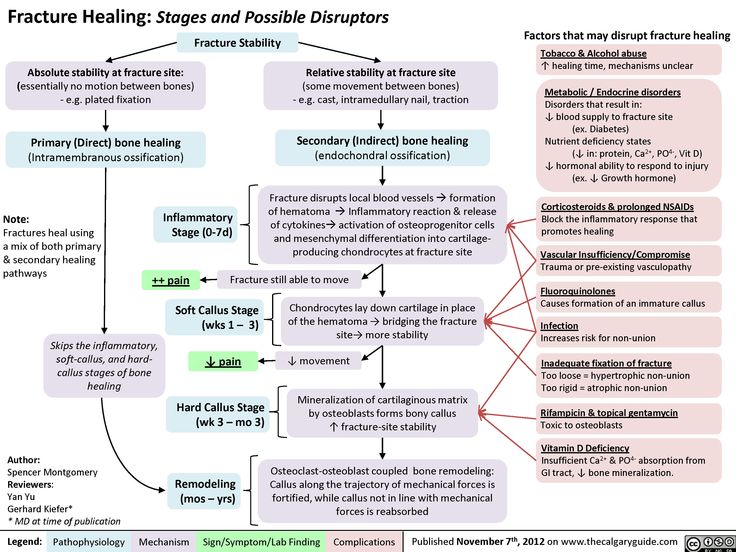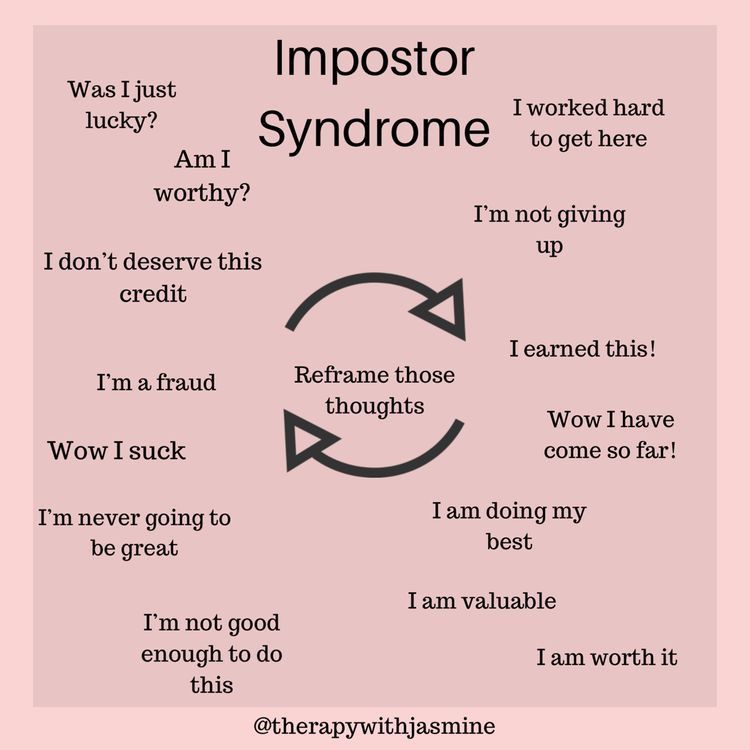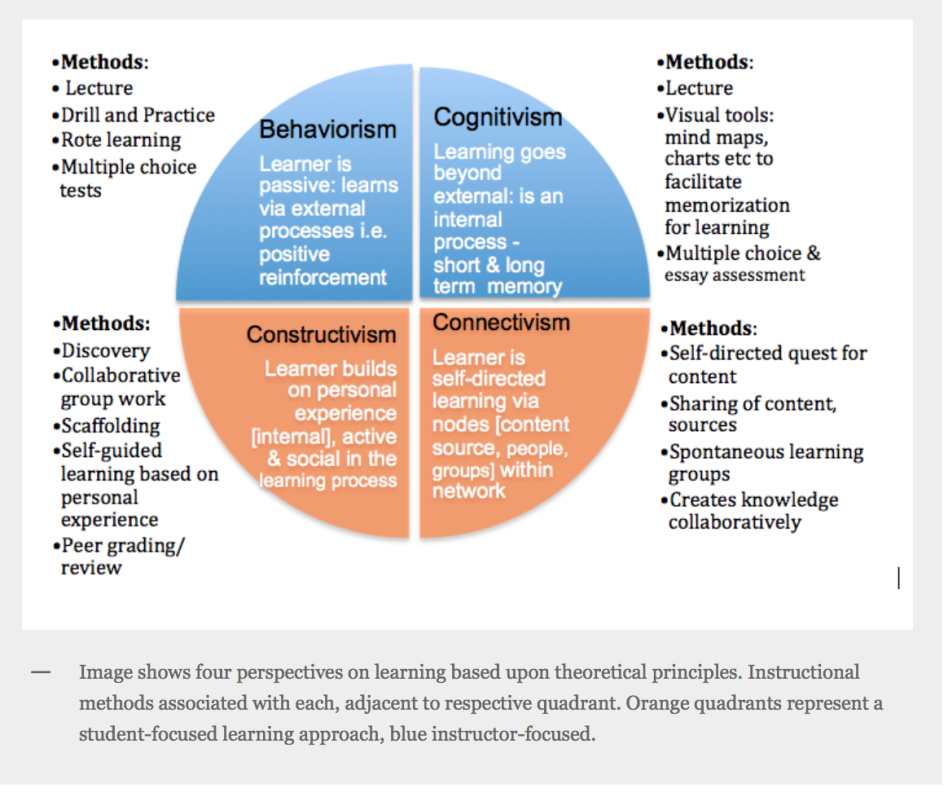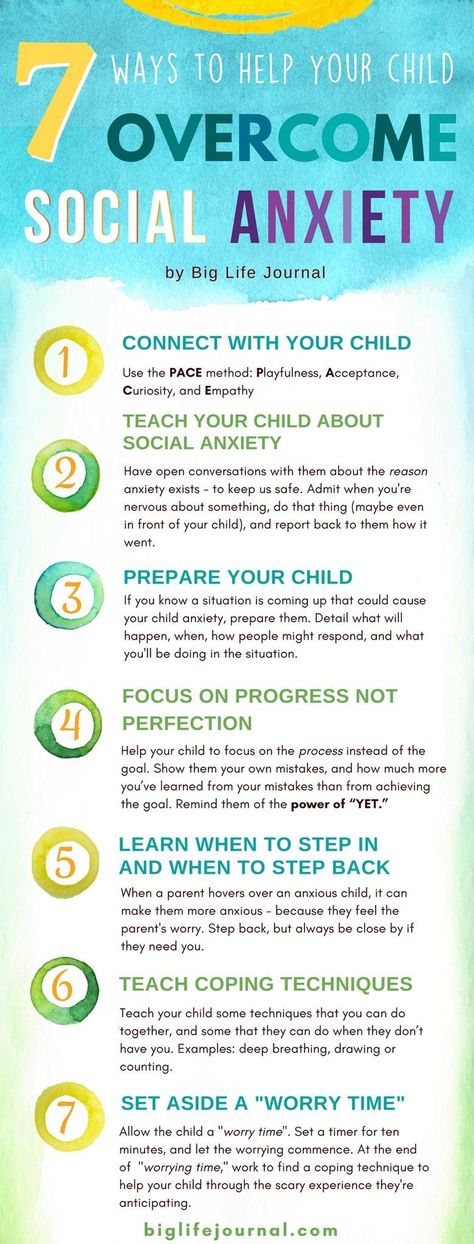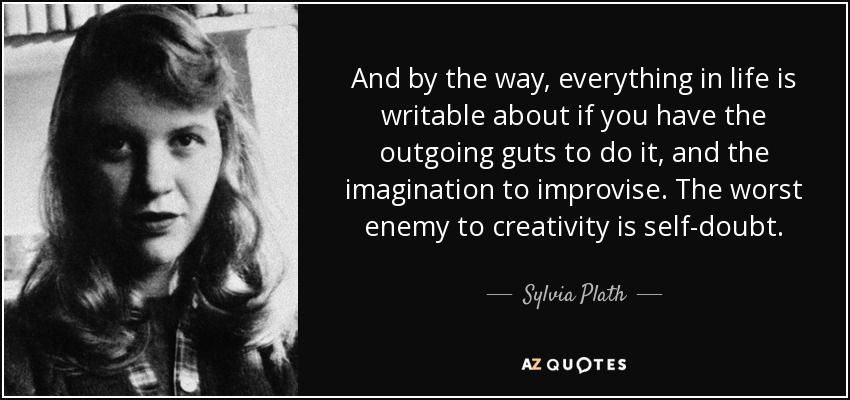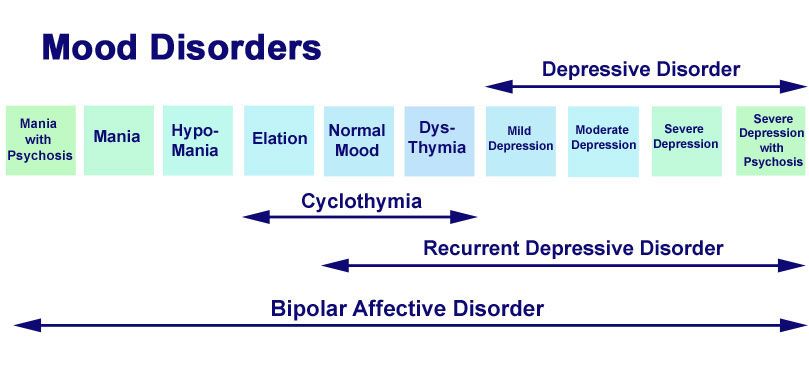Trauma healing techniques
15 Trauma Therapy Techniques to Implement to Help You Heal from Trauma
Healing from a devastating past requires effective trauma therapy techniques. Of course it is always a good step to seek professional help especially if the trauma is too great, however, you can also apply certain techniques to help you along the way.
Healing from trauma is not easy. According to Susanne M. Dillman, PsyD, a therapist in Escondido, California, “learning about the stages of healing can be distressing, motivating, upsetting, or uplifting.” However, the best thing to do, she says, is to just acknowledge your emotional response to the stages of healing. This will allow you to “harness your emotion’s energy.”
1. Get Closure
One of the reasons why people can’t move forward after a traumatic experience is that they haven’t had closure.
Closure, according to Good Therapy, “is any interaction, information, or practice that allows a person to feel that a traumatic, upsetting or confusing life event has been resolved. ”
Robert Taibbi, Psychology Today author and legal support for children and women, says this can be done by “expressing what you could not express at the time of the event.”
He suggests writing a letter or two:
“Try writing a letter saying what you could not say then,” he says. “Then write a second letter, from them to you, saying what it is you most want them to say—that they are sorry, that it wasn’t your fault, that they loved you. Make the letters as detailed as possible, and allow yourself to write down whatever comes to mind.”
2. Recognize That There is Nothing Wrong with YouSurvivors of violence or abuse feel ashamed for their encounter. They even blame themselves for not being able to protect themselves or their loved ones.
One of the most effective trauma therapy techniques is to tell yourself that it is not your fault. Don’t blame yourself for what happened. It is absolutely not your fault. There is nothing wrong with you.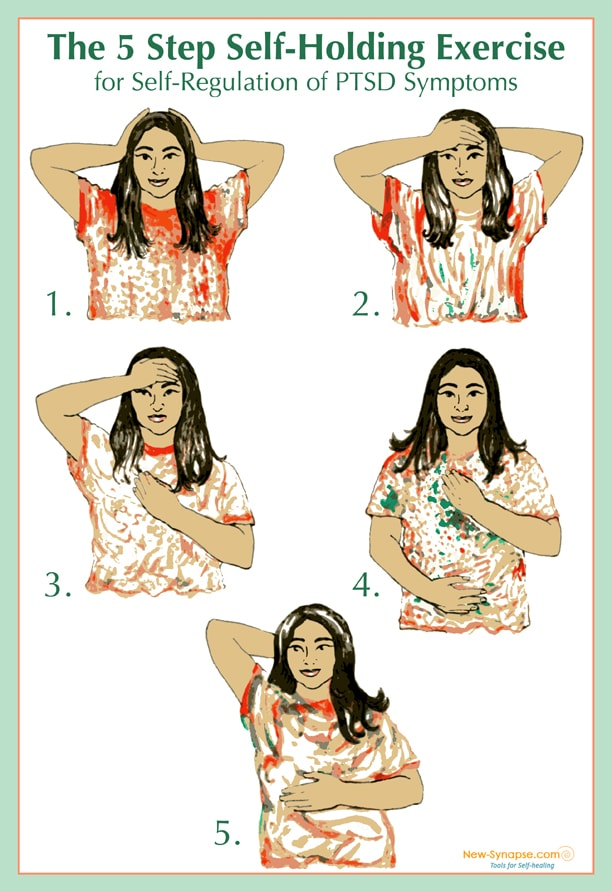 There is nothing to feel shameful about.
There is nothing to feel shameful about.
Where do the shame and blame belong?
CarmenLeah Ascenscio in Black Girl Dangerous says it belongs to the perpetrator of violence.
“Keep the shame where it belongs,” she says. “It is not yours to carry.”
Further, Lisa Firestone, a clinical psychologist, wrote in Psychology Today that one of the most powerful things a person can do is to acknowledge the negative definitions they have taken on as a result of their trauma.
“A person must accept that these definitions were based on things that were outside their control and have nothing to do with who they really are. In other words, it’s truly not their fault,” she says.
3. Link Positive and Negative Material
A person who underwent a traumatic event in his or her life has a high tendency to develop negative feelings as a result of that trauma. And this is all natural, says Jed Diamond in a Good Therapy article. He cited neuropsychologist, Rick Hanson, who said that this is because our brain was wired in such a way.
“Our brain was primed to learn quickly from bad experiences but not so much from the good ones,” he says.
According to Diamond, this is the main reason why the negative traumatic memories usually stick to our brains while the positive memories seem to slip away.
One trauma therapy technique that he suggests is to infuse our negative consciousness with the positive. He suggested Hanson’s strategy of using the image of a garden:
We imagine the beauty of the flowers we are planting and become aware of the weeds and gently pull them out so there is room for growth.
Hanson further explains this strategy:
“Whenever you want, let go of all negative material and rest only in the positive. Then, to continue uprooting the negative material, a few times over the next hour be aware of only neutral or positive things that may have been associated with the negative.”
4. Reclaim Control
It’s very common for a victim of a traumatic childhood to develop feelings of helplessness. And the sad thing is that this will carry on through adulthood. The worst thing that could happen is that it will affect the whole life of that person since their choices would be based on their pain. When this happens, they will forever become a victim of that trauma.
And the sad thing is that this will carry on through adulthood. The worst thing that could happen is that it will affect the whole life of that person since their choices would be based on their pain. When this happens, they will forever become a victim of that trauma.
One of the best trauma therapy techniques to do in this situation is to try to reclaim control. Don’t let the past control your present.
The first step in doing this, according to Casa Palmera, is to let go of the old defenses and crutches you used as a child to navigate your trauma. However, you have to also put in mind that this takes time.
Haley Snyder of Huffington Post shared three tips to move forward if you’re trying to gain back control of your past. And this to “Give yourself grace, trust the process, and keep on trucking.”
5. Get Counseling
Suffering from post-traumatic stress disorder or PTSD has a negative impact not only on one’s health but on their life in general.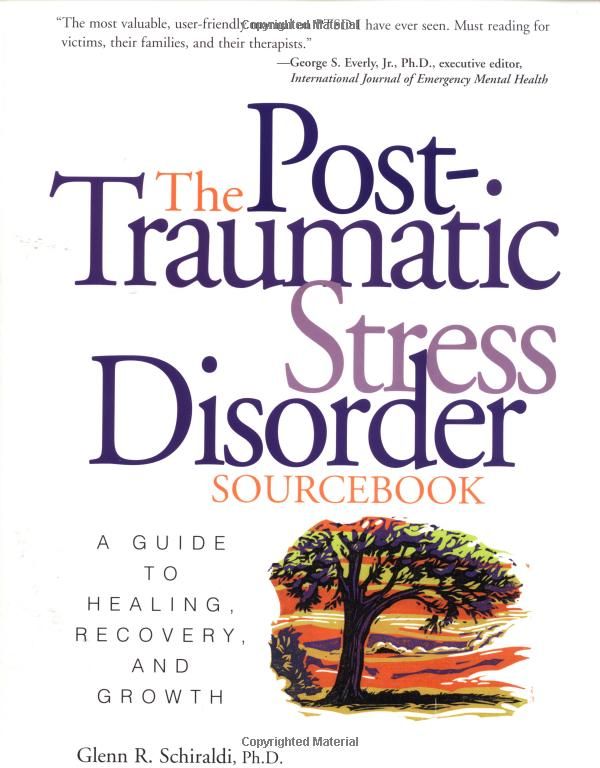
According to GoodTherapy, if left untreated, PTSD will result in other conditions, especially, mental health conditions.
Examples of these are depression, substance abuse, and anxiety. These occur whether the patient is a child or an adult.
While others eventually heal on their own, most people continue to be haunted by their traumatic past. This is why it is very important to seek counsel or professional help if you are suffering from PTSD.
A trauma therapist will not only listen to you but he will be able to recommend a therapy that will fit your situation.
Dr. F. Emelia Sam of MindBodyGreen advises to immediately seek help if your pain is already interfering with daily life.
“When your suffering is getting in the way of your focus, your self-care, or your ability to keep healthy relationships, you may not be able to pull yourself out of it. Get the appropriate help, whether it’s calling a hotline, joining a support group, or obtaining individual therapy.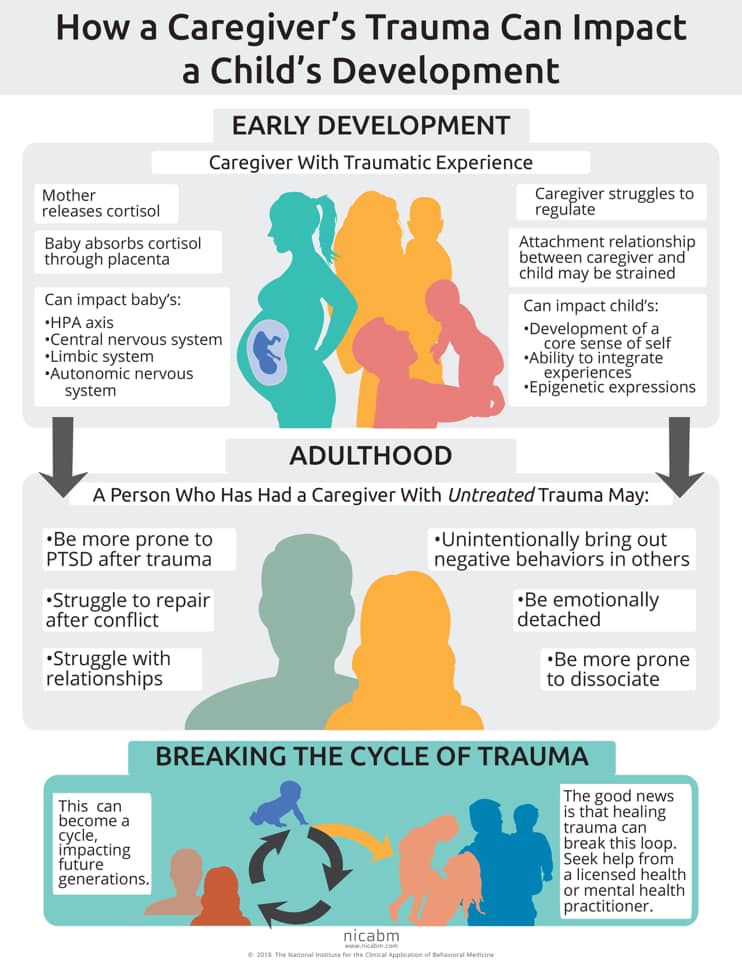 There is no shame in asking for aid. You need not suffer alone.”
There is no shame in asking for aid. You need not suffer alone.”
6. Don’t Isolate
We all like to be left alone when we’ve experienced a traumatic event in our lives. But … isolating ourselves from other people will actually make things worse.
That’s why if you are suffering from PTSD, you need to find someone safe to talk to about your situation. Healing will only happen if you are able to share your pain with another “trusted” person.
If you are uncomfortable talking about what happened, don’t worry. Just give yourself time. You don’t have to force yourself to talk about it. The important thing is that you are not alone most of the time.
A wellness website cited other things that you can do to mingle with other people. And one of them is participating in social activities and doing “normal things.
You can also volunteer for a cause you are supporting. This will make you feel that you have the capacity to help other people.
According to the website, this will challenge the sense of helplessness that you felt during that traumatic event.
7. Take Care of Your Health
As always, it is highly encouraged that we should take care of ourselves by following a healthy lifestyle. Doing this will help us deal with stress better.
What does having a healthy lifestyle mean?
According to a wellness website, it means getting a lot of rest, eating a balanced diet, and having regular exercise.
The website mentioned that it is also very important if we stay away from alcohol and drugs.
“Alcohol and drugs might provide temporary relief but will inevitably increase your feelings of depression, anxiety, and isolation and can worsen your trauma symptoms,” it says.
8. Learn Self-Regulation
Perhaps one of the most helpful trauma therapy techniques is to learn how to self-regulate.
It is very common for people who went through a traumatic event to experience a roller coaster of emotions. This can be anger, guilt, sadness, and a host of other emotions.
If this is you, one of the things that you can try teach yourself is how to stay calm and be in control of your emotions.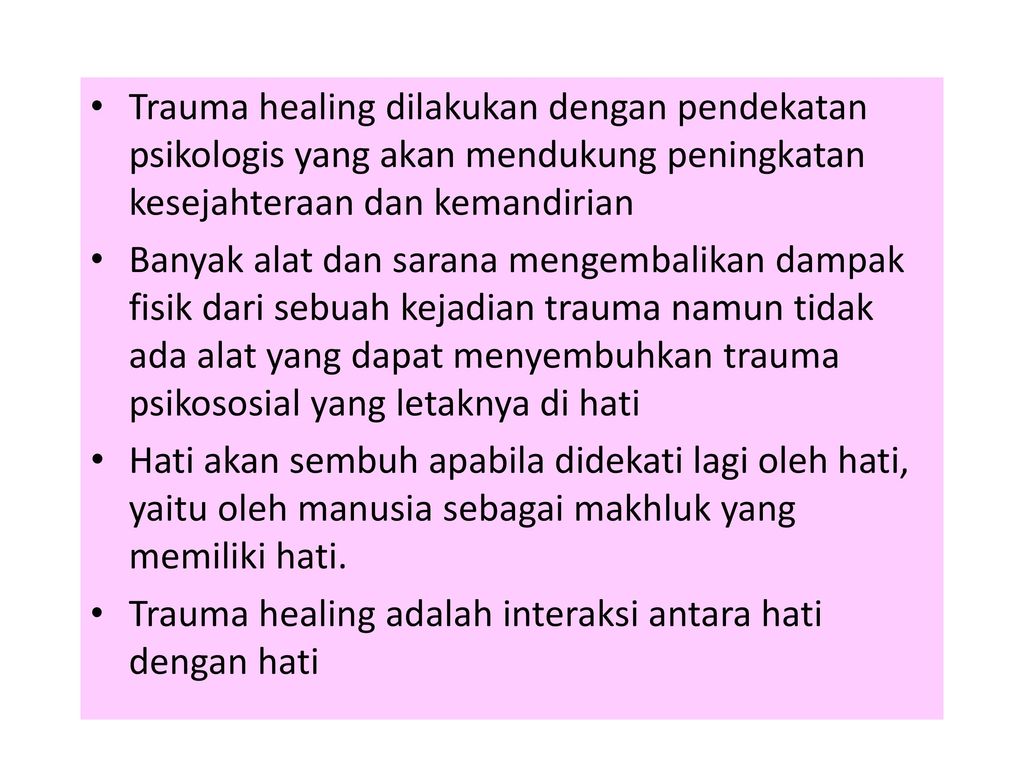
A wellness website shared a few tips for overcoming these emotions. And these are mindful breathing, sensory input such as listening to calming music, staying grounded, and letting yourself feel what you feel when you feel it.
9. Try to Find Some Deeper Meaning in What Happened to You
Whenever we go through a difficult situation in our life such as a traumatic incident, our automatic response is to look at the negative side. That is, we are a victim. And technically, that is true.
However, there’s another way to look at it which will make it easier to heal from the trauma it has brought.
Why not be in the mindset of a survivor? Think about this: Despite what happened, you are still here. You survived one of the greatest hurdles in your life.
Psychologist, Dr. Martin Cohen, says, “Survivors often find that changes in their outlook on life are possible, even preferable.”
He encouraged to ask the question: “What have you learned from your traumatic experience?”
He then suggests recording these insights in a journal or voice them in a support group that is sympathetic to your situation.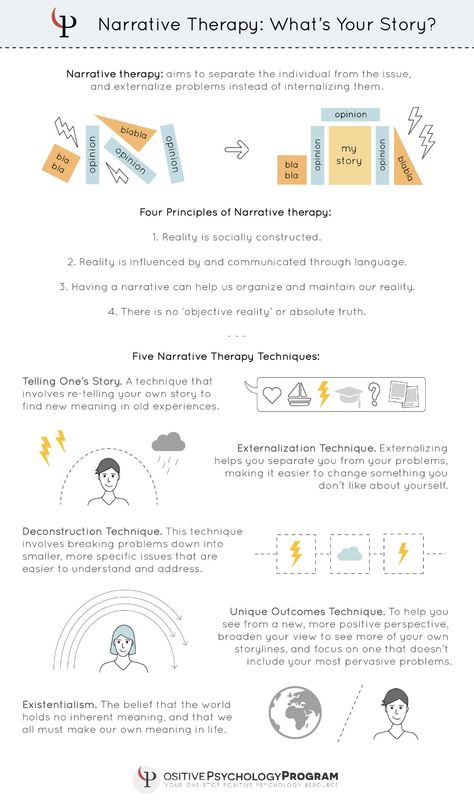
10. Become Aware of Your Emotional Triggers and Learn to Cope with Them Creatively
One of the things we fail to recognize when we experience the effects of a traumatic experience is that our emotions are always triggered by something.
This may be something that we saw, heard, smelled, tasted, or experienced that reminds us of that particular traumatic event in our life.
This is why we should always be aware of those things that can trigger flashbacks and try to avoid them. However, we also know that we cannot always avoid things from happening. So when it happens, we should be creative enough to handle it.
Dr. Martin Cohen suggested positive self-talk.
“One true way to cope with this is to recognize that you are experiencing an emotional trigger and engage in positive self-talk,” he says.
An example that he gave is to tell yourself “This is frightening but I am safe now.”
11. Learn the True Meaning of Acceptance and Letting Go
Sometimes the reason why we cannot recover from a traumatic experience is that we refuse to accept that something happened to us.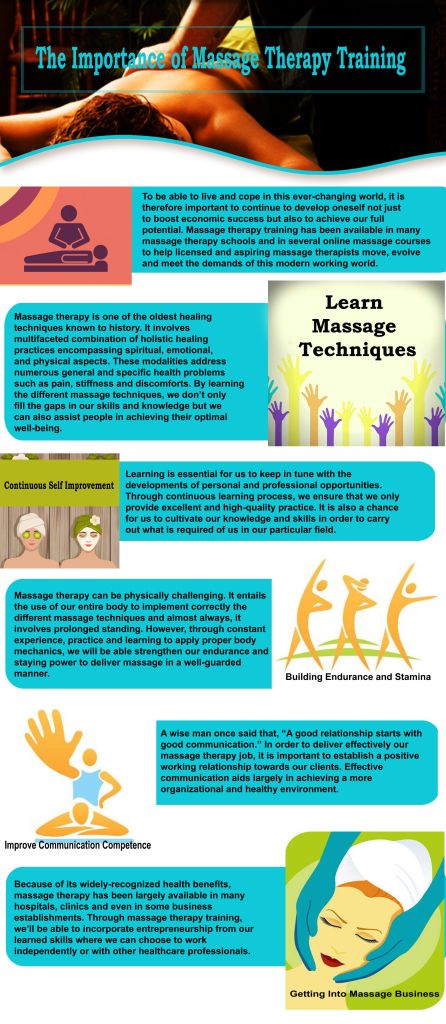 This hinders us from moving on and letting go because as long as we’re tied to this, the cycle of trauma will continue to linger.
This hinders us from moving on and letting go because as long as we’re tied to this, the cycle of trauma will continue to linger.
The website, Uncover Your Joy, said that the common misconception about letting go is that we have to forget and no longer be affected by our past. However, if we think about it, this is irrational. Everything that happened in our past influenced us in a way and shaped how we see the world today.
According to the website, letting go is about accepting what happened and its current impact.
“It’s not about repressing, forgetting, or dismissing. Letting go means holding our arms wide open to hug our past self. It means reminding ourselves that we can now transform this past into something that fuels our dreams,” it says.
12. Connect with Nature
Nature has healing powers. It brings calmness and removes your stress and anxiety. When you are suffering from a traumatic experience, nature can be your best friend.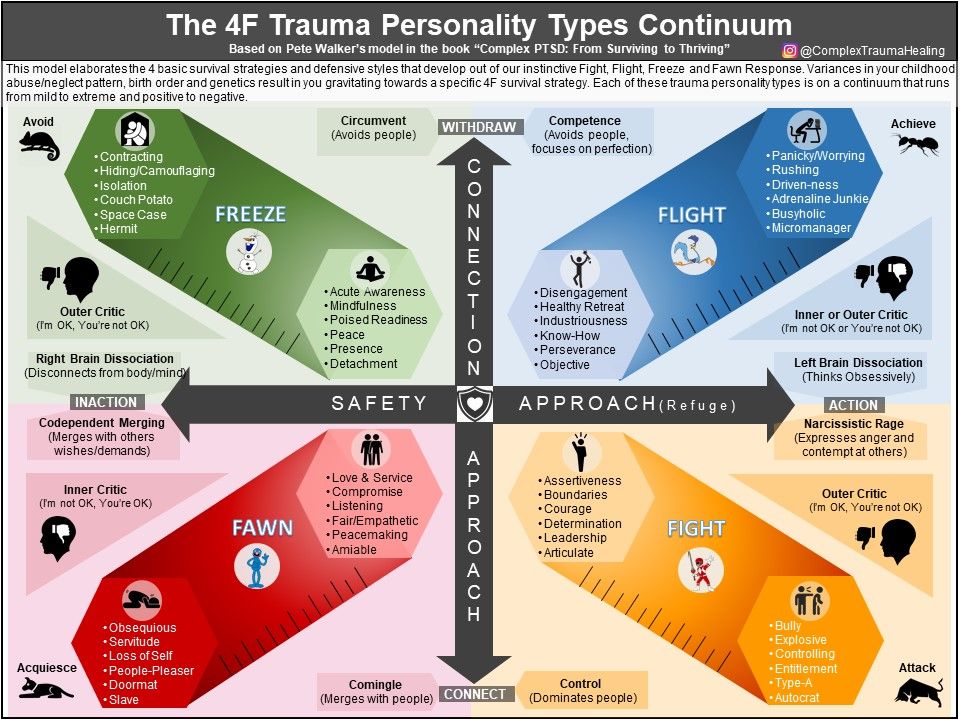
A wellness website explained that one of the effects of trauma is a disconnection between the world and the larger community of living things. And, we can feel a greater connection with other people and the world if we get back in touch with life’s cycles.
Here’s what they suggest:
“Place plants where they can be seen regularly. Take walks by lakes, oceans, mountains, valleys—anything that allows reconnection with the larger world. If possible, have an animal or pet as part of daily life. Caring for and receiving unconditional love from an animal can be a powerfully healing experience, and can be a precursor to more rewarding relationships with other people.”
13. Clean up your diet
Most people who are suffering from trauma tend to lose track of a healthy diet. Some would resort to overeating and some would tend to not eat at all. However, good nutrition is essential if you want to heal from trauma.
Dr. Jockers, a doctor of natural medicine explains why:
“Given that there are striking analogies between the neurobiological correlates of psychological stress and inflammation in the body, anti-inflammatory diet is most likely your best choice. Your functional medicine doctor can determine the best diet to increase your energy and minimize your mood swings and symptoms of depression.”
Your functional medicine doctor can determine the best diet to increase your energy and minimize your mood swings and symptoms of depression.”
14. Limit your media exposure
Media, in all its forms, exist to entertain us. However, if you are dealing with a traumatic past, it may bring more harm than good.
A HelpGuide.org article on traumatic stress says that media exposure, especially if it contains reminders of one’s traumatic experience, can be further traumatizing.
In fact, even people who are not directly affected by an event can even develop traumatic stress if they keep on viewing images or videos of a disturbing event. The effect will be more profound if the person has a personal experience related to that event.
So if you are dealing with something traumatic, try to lie low on television and social media. Refrain from watching images and video clips that will distress you. You may try shifting to just reading news or magazines. But if it still causes stress, you should totally break off from any form of media for a while.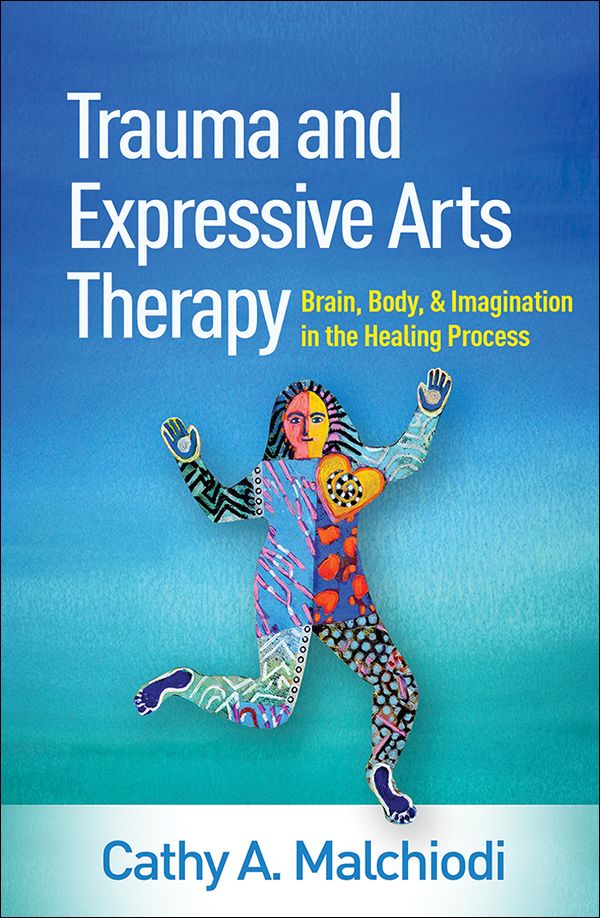
15. Know that your feelings are valid
When you’ve just gone through a traumatic event in your life, you will go through different emotions.
According to Psychology Today, the most common emotional reaction to a trauma is being fearful and anxious. And this is very normal since a person just went through a scary event in his or her life.
Other emotions that can result from a trauma are anger, sadness, guilt, and feeling numb – quite a lot, right?
But don’t worry … it’s perfectly valid to go through these emotions. So, don’t try to suppress them if you feel them. Accept these feelings.
Although it may take a while for you to get over this emotional rollercoaster, give yourself time.
HelpGuide.org advises to give yourself time to heal and to mourn any loss. Don’t force yourself to heal immediately and be patient with yourself. Recovery might take some time … but it will happen.
Dealing with a traumatic event in your past is not a walk in the park.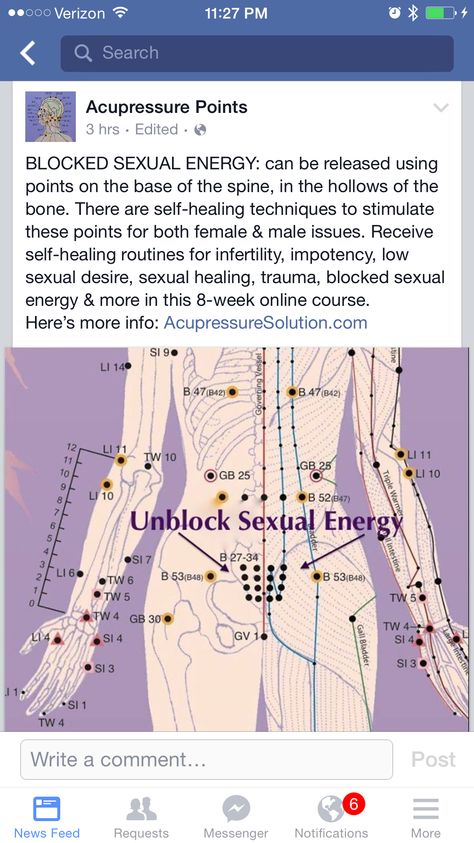 It can take months and even years to heal from it.
It can take months and even years to heal from it.
One thing that can help you deal with trauma is to adopt the suggestions that we listed above. However, we always recommend seeking professional help. A professional trauma therapist will know exactly what trauma therapy technique works best for your specific situation.
Dr. Gala Gorman is a licensed Acupuncturist, Naturopath, and Author who offers expert advice and programs to help people prevent disease. She uses advanced techniques that "reverse the clock" on aging. She founded the Delta Discovery Center with her partner, Charlie Frangos, to provide a place for self-discovery and healing on Hilton Head Island and beyond. Dr. Gala helps people learn to be their own health advocates.
5 Trauma Therapy Techniques for Busy People
Navigating life after a traumatic experience can feel overwhelming. You might feel wonderful one moment but then find yourself distracted by flashbacks the next.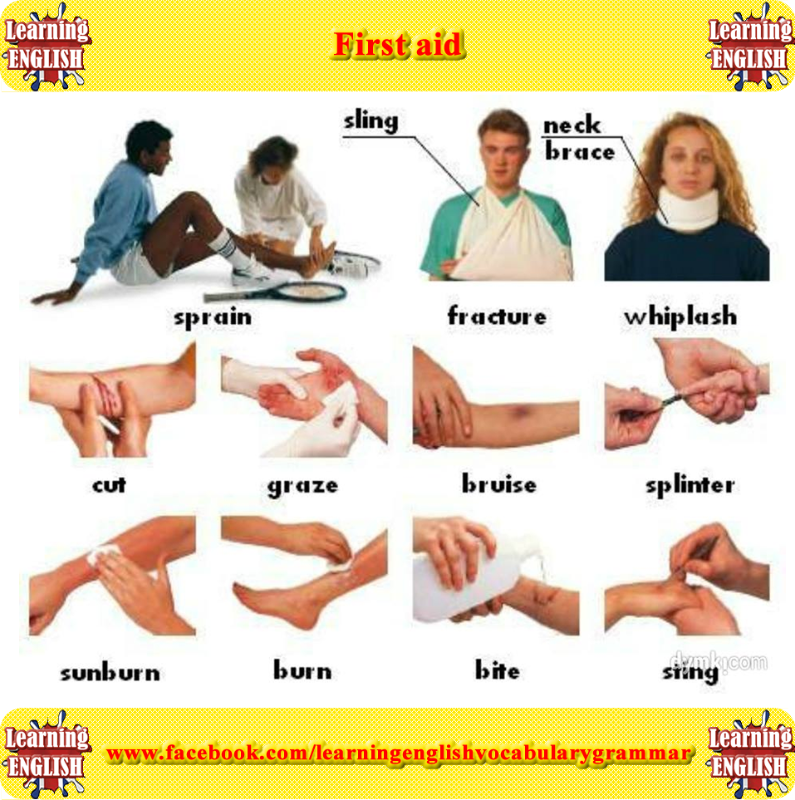 If you don’t have access to trauma therapy or you’re searching for everyday coping strategies, grounding can help you calm your mind and focus on the present moment.
If you don’t have access to trauma therapy or you’re searching for everyday coping strategies, grounding can help you calm your mind and focus on the present moment.
Grounding techniques help cope with trauma symptoms associated with post-traumatic stress disorder (PTSD). They can also help manage other forms of anxiety, including social anxiety and panic attacks. Grounding can help you cope with flashbacks, negative thoughts, and painful memories by “grounding” you. In other words, they bring you back into the present moment, reducing the likelihood that you’ll slip into dissociation or flashbacks.
The next time you’re feeling overwhelmed, try using trauma therapy grounding techniques to refocus your mind and start feeling better. Here’s how to get started.
1. Get your body moving.
Set aside a few minutes each day to do a few exercises or stretches. If you’re feeling restless, try jumping jacks, jumping rope, or jogging in place to release some energy.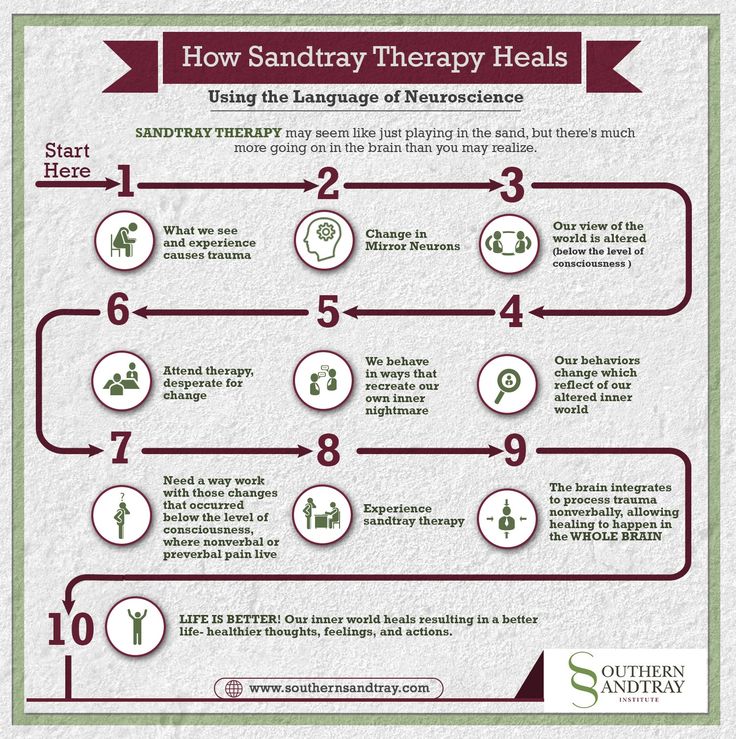
Take note of how your body feels with each movement, along with when your hands and feet touch the floor or move through the air. Exercising is a great way to live in the moment—you have to pay attention to your body, your breath, and the world around you. It has physical health benefits, too. Exercising for as little as 30 minutes each day is enough to release mood-boosting endorphins, which help you feel more energized and positive throughout the day.
2. Try the 5-4-3-2-1 method.
Working backward from 5, use your senses to notice what’s happening around you. For example, you might start by listing five things you see, then four things you hear, three things you can smell, two things you can touch, and one thing you can taste.
When using the 5-4-3-2-1 method to ground yourself, try to notice the little things you might not usually pay attention to, like the hum of your ceiling fan or the texture of your walls. Whether you’re working at the office or feeling overwhelmed in public, the 5-4-3-2-1 method can be a simple, effective anxiety management technique to gain control over your mind, push away any negative thoughts, and bring yourself back to the present moment.
3. Practice deep breathing.
Slowly inhale and then exhale. If you’re having trouble focusing on your breathing, say or think “in” and “out” with each breath.
Instead of applying pressure to “empty your mind,” just pay attention to your breathing and yourself, whether it’s the rhythm of your breath or the sounds of your breathing. Start by dedicating five or 10 minutes of your day to deep breathing exercises, and see how it makes you feel.
4. Notice how your body feels.
The next time you catch yourself in a cycle of negative thoughts, step out of time and check in with your body. This technique can be as simple or as complicated as you want to make it, and you can do it sitting, standing, or lying down.
Start by observing how your body feels from head to toe, taking a few seconds to focus on each body part. Can you feel your heartbeat? Does your stomach feel full, or do you feel hungry? How do your feet feel against the floor?
5. Start journaling.

Getting into the habit of writing down your thoughts, feelings, and observations can improve your mood and ability to enjoy the present moment. Mindful journaling is all about examining whatever is going on in your head and expressing it on a page.
The physical act of writing ink on paper can bring you into the present moment. Start by writing about something you noticed that day, or try setting a few intentions for the week ahead.
Ready for an appointment?
Even though trauma therapy techniques can help you cope with stressful situations, it’s important to remember that they’re not a substitute for therapy sessions with a qualified trauma therapist. If you’re constantly feeling overwhelmed by symptoms of trauma, trauma therapy can create a safe space to address your emotional trauma with an experienced mental health professional.
To find a supportive trauma therapist, reach out to a mental health professional through The Therapy Group of NYC. We know that therapy can feel intimidating—and finding the time for therapy sessions can feel impossible if you’re juggling a busy schedule. That’s why we offer online therapy with flexible scheduling so you can access trauma treatment from the comfort of your own home.
That’s why we offer online therapy with flexible scheduling so you can access trauma treatment from the comfort of your own home.
No matter where you are in the healing process, one of our supportive trauma therapists will help you manage your trauma symptoms, cope with your emotional trauma, and gain insights into your mental health so you can live a more fulfilling life.
Methods of treatment of injuries and orthopedic pathology in the hospital
The Department of Traumatology and Orthopedics of the Yauza Clinical Hospital performs the most modern high-tech orthopedic surgeries, including minimally invasive ones, which restore patients' ability to move and a decent quality of life. We also use other innovative methods of treatment (PRP-therapy and other cellular technologies), which in some cases make it possible to delay the need for surgical intervention or even avoid it.
Modern diagnostic methods
X-ray diagnostics of the expert level reveals the slightest damage and pathology of bones and cartilage elements:
- CT scan (128 slices) is the gold standard for diagnosing injuries and fractures.
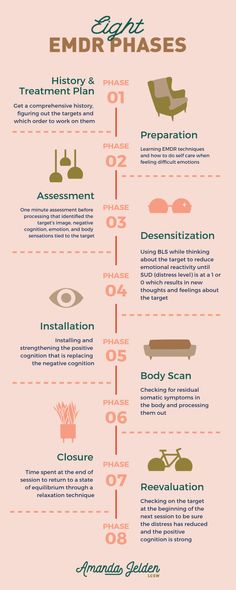
- MRI (1.5 T) - assessment of the state of articular cartilage, intervertebral discs, ligaments, blood vessels, soft tissues; diagnostics of arthrosis, osteochondrosis, disc herniation, etc.
- X-ray of the lower extremities and spine with full length display for planning operations, performing functional tests in a standing position.
- 3D densitometry of the spine and hip joints (early detection of osteoporosis - bone thinning).
Fully digital equipment from Philips (Netherlands) provides the highest definition and resolution image, which is stored on a single server, which provides instant access to the results of the study to all doctors supervising the patient.
Therapeutic and diagnostic arthroscopy
Arthroscopic examination of the joint from the inside using a miniature video camera and the latest generation of fiber optic technology (Karl Storz, Arthrex, Smith&Nephew, Linvatec) for accurate diagnosis. We are holding:
We are holding:
- Knee Arthroscopy
- Shoulder Arthroscopy
- Elbow Arthroscopy
- Ankle Arthroscopy
Surgical treatment of orthopedic diseases at the Clinical Hospital on Yauza
Trauma surgeons of the hospital carry out the whole range of orthopedic operations, among which are the most complex and unique.
- Treatment of bone fractures of the femur (including the neck of the femur), lower leg, forearm by osteosynthesis - connection and fixation in the correct position of bone fragments for their fusion. Allows you to cope even with complicated ones, for example, improperly fused fractures, false joint.
- Treatment of severe arthrosis , fracture of the femoral neck by joint arthroplasty - total (complete joint replacement) and subtotal (replacement of part of the joint) using the best implants Zimmer, DePuy, Biomet, Smith&Nephew:
- knee arthroplasty
- hip arthroplasty
The operation takes about 2 hours.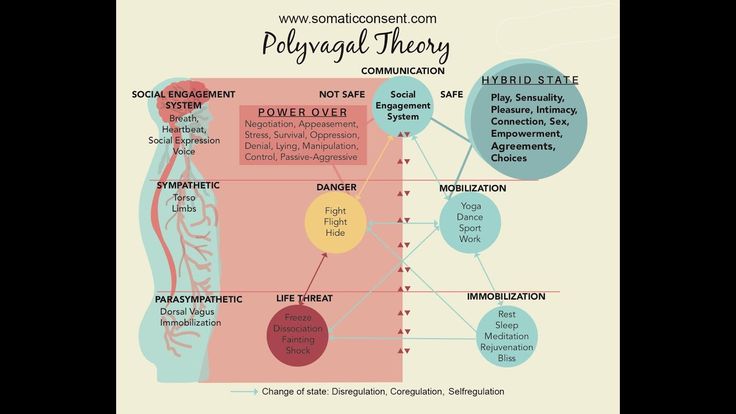 Muscles are not dissected, but moved apart, which speeds up recovery. Stay in the hospital - up to 5-7 days. When discharged home, the patient already moves independently with the help of crutches. Six months later, rehabilitation is completed - a person can walk, work, play sports without pain.
Muscles are not dissected, but moved apart, which speeds up recovery. Stay in the hospital - up to 5-7 days. When discharged home, the patient already moves independently with the help of crutches. Six months later, rehabilitation is completed - a person can walk, work, play sports without pain.
- In case of traumatic injuries of the joints, menisci and their consequences, arthroscopic operations are performed on the shoulder, knee, elbow, wrist, ankle joints. Arthroscopy speeds up recovery after surgery by 2-2.5 times, effectively treats meniscal injuries in 99.5% of cases.
- In case of damage to the ligamentous apparatus - reconstructive operations for plastic surgery of ligaments, restoration of limb function.
- In case of foot deformity (halux valgus) - correction of valgus foot - an operation that in 80-85% of cases completely and permanently solves the problem, eliminates deformity and pain.
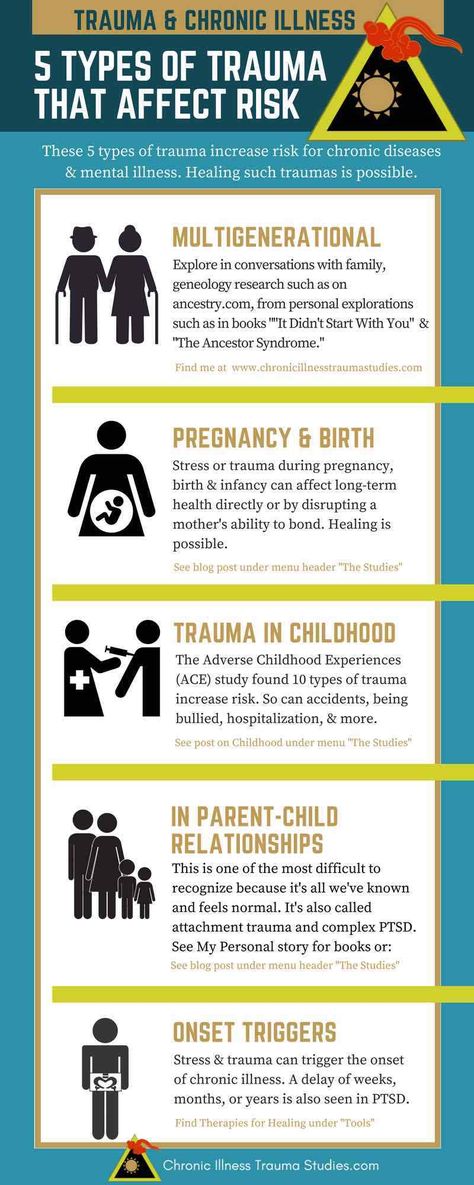
- With X- and O-shaped curvature of the legs, different lengths of the limbs, the desire to increase height by lengthening the legs - author's methods of prof. A.A. Artemyeva allow you to correct the deformation and lengthen the legs. Rehabilitation takes 4-6 months. And the problem that previously seemed insoluble remains forever in the past.
- In case of a sports injury - well-known orthopedic traumatologists in sports circles PhD, prof. Neverkovich Alexander Sergeevich , Candidate of Medical Sciences Chelnokova Natalia Valerievna, specializing in providing medical care to professional athletes, dancers, ballet dancers. Our doctors help athletes and artists recover from injuries as quickly as possible, regain mobility and the ability to train, and maintain their profession.
Spinal surgery
- In case of a herniated disc - spinal surgeons perform endoscopic removal of the herniated disc (through a puncture instead of an incision).
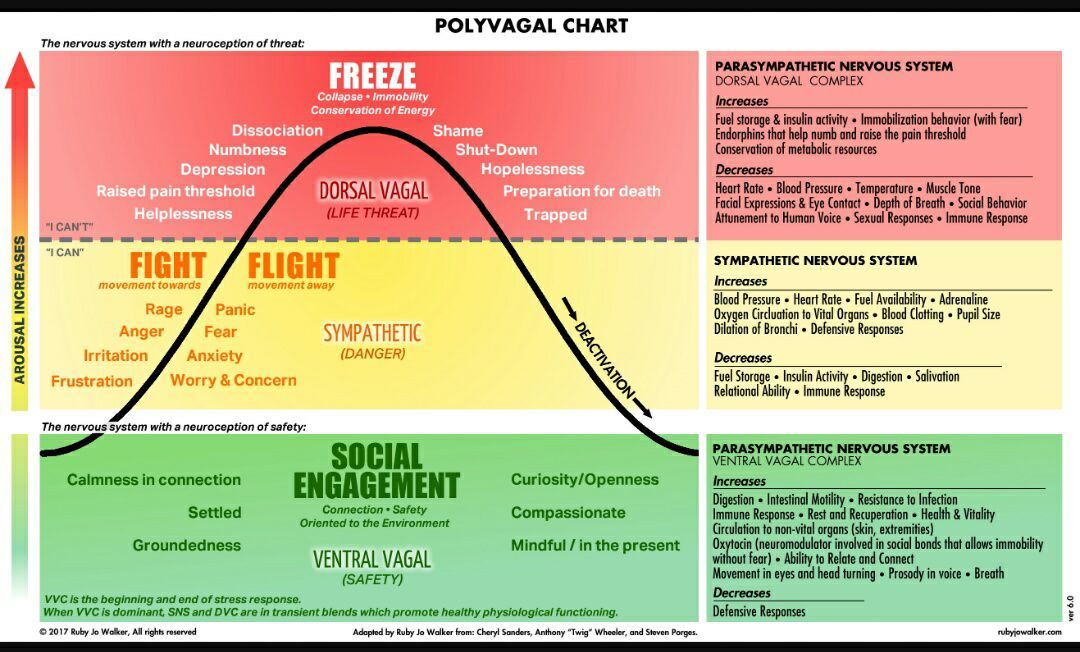
- In case of severe spinal deformities, associated with Bekhterev's, Shoerman-Mau's diseases, kyphosis or scoliosis of another genesis, neurosurgeons-vertebrologists perform corrective operations even in severe cases. This is an operation in which doctors literally remodel the spine using a complex system of screws and rods. The operation is performed with mandatory neurophysiological monitoring of the conduction of the spinal cord (this is important for maintaining sensitivity and motor functions).
- In case of severe osteoporosis, compression fractures of the spine - , prosthetics of the vertebral bodies using sliding cages are performed, as well as vertebroplasty - the introduction of a special bone cement into the porous bone tissue of the vertebra, which strengthens the vertebral body.
- For spinal stenosis - spinal cord decompression with vertebral stabilization.
- Treatment of the consequences of spinal injuries of all categories of complexity
- Revision surgery for unsuccessfully operated spine
Unique Non-Surgical Therapies
- PRP Therapy Injections of own processed (platelet-rich) plasma to stimulate tissue regeneration processes.
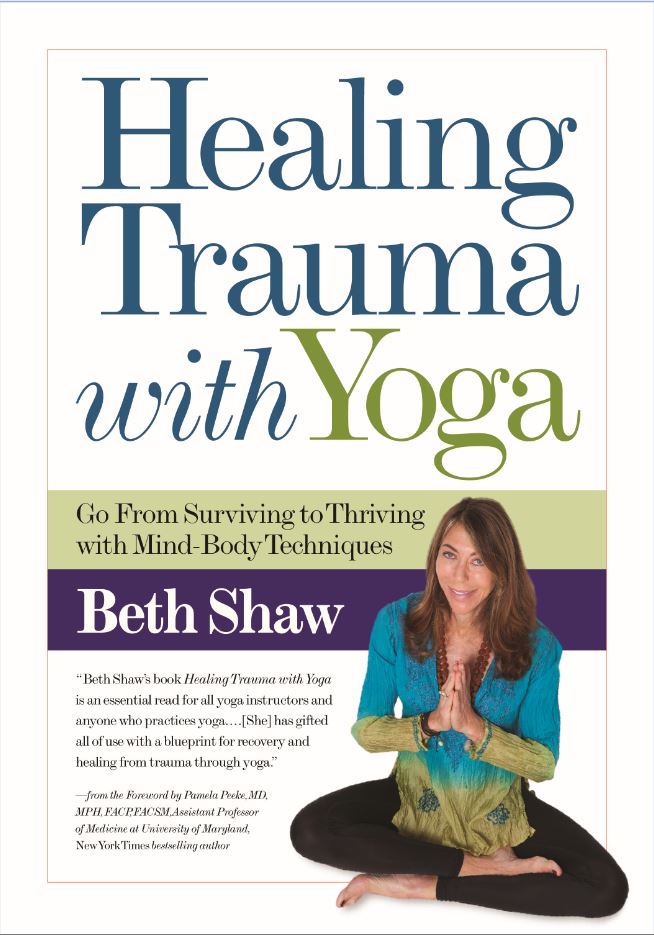 It is indicated in the treatment of degenerative-dystrophic processes - arthrosis, chronic bursitis, epicondylitis, ligament injuries, cartilage destruction. The hospital's own department of hemocorrection, equipped with special equipment, allows obtaining blood plasma with a platelet concentration up to 5-6 times higher than usual, which ensures the success of the procedure.
It is indicated in the treatment of degenerative-dystrophic processes - arthrosis, chronic bursitis, epicondylitis, ligament injuries, cartilage destruction. The hospital's own department of hemocorrection, equipped with special equipment, allows obtaining blood plasma with a platelet concentration up to 5-6 times higher than usual, which ensures the success of the procedure. - Regenerative medical technologies . Autologous cells of the stromal-vascular fraction, cells - precursors of cartilage tissue, are isolated from the patient's own adipose tissue in the cell technology laboratory of the hospital. Their intra-articular administration contributes to the restoration of a thin cartilaginous membrane on the areas of bones exposed from cartilage. This does not allow the growth of a full-fledged cartilage layer, but reduces / eliminates pain in arthrosis, in some cases allows you to wait with joint replacement or even avoid it. It is carried out under visual control (ultrasound, MRI).
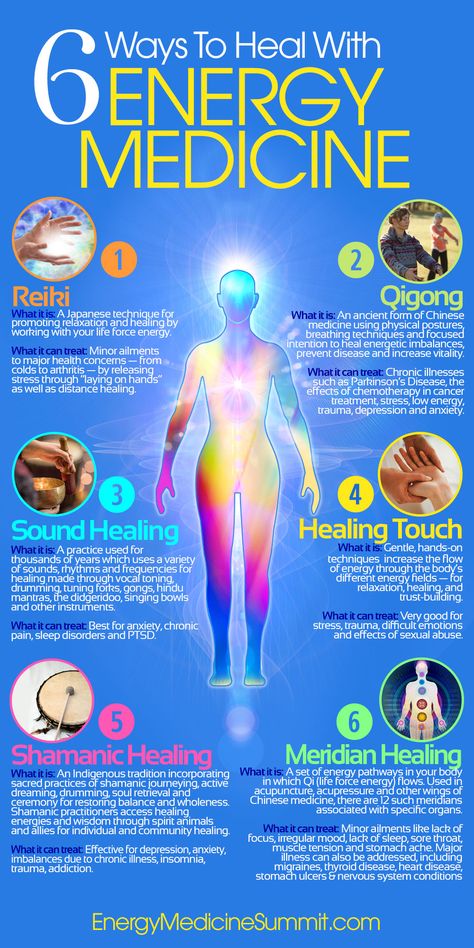
Methods of treatment in traumatology and orthopedics
Traumatology and orthopedics is considered to be the closest medical discipline to another exact science - physics, or rather to its section - mechanics. Indeed, all functions of the musculoskeletal system obey its laws. There is even such a thing as biomechanics. These are mechanical processes that take place in a living organism.
Human limbs, or rather their dense base - bones, according to the principles of their anatomical structure, resemble levers. These levers are set in motion by muscles that can change their length. Depending on the attachment points, each muscle can influence the position of the lever bone in space. For more complex and precise movements, nature has created movable and semi-movable joints in the body - joints.
The work of a traumatologist-orthopedist is impossible without understanding the principles of biomechanical processes occurring in the body. The main methods of treatment in traumatology and orthopedics are based precisely on these basic foundations.
Traumatology is a surgical specialty
And everyone knows very well that “surgeons only need to cut”. To treat with pills is the lot of therapists. Yes, there is some truth in this humor. The main methods of treatment in traumatology and, to a lesser extent in orthopedics, are manipulations. Drug treatment, of course, occupies a crucial role, but still not paramount, as it will be for "non-surgical" specialists.
We all know perfectly well that any injury can be treated with time and rest. Unfortunately, there is no such pill that I drank and the fracture healed. Or maybe it's fortunate. Otherwise, we'll be out of work. Minor, superficial injuries are treated with rest, which can be created by applying a fixative bandage, in most cases soft.
But severe injuries - fractures and dislocations, require knowledge of the basics of biomechanics, which was mentioned a little earlier. Restoring the correct position of a broken bone (which is called reposition), or a dislocated joint, requires not so much a physical, “strength” impact, but an understanding of the mechanism of injury and the need to create a “counter-mechanism” of injury.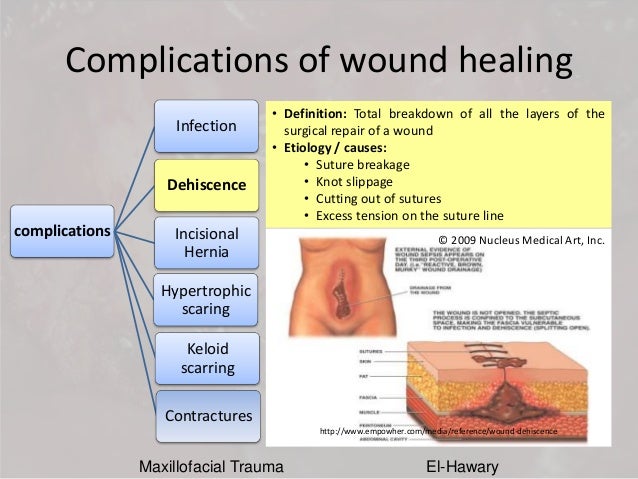 But a correctly aligned bone needs long-term immobilization and immobilization of the limb, which can be created using rigid fixing bandage.
But a correctly aligned bone needs long-term immobilization and immobilization of the limb, which can be created using rigid fixing bandage.
For many years, plaster has been used to create a rigid base for dressings. It is easily modeled, taking the necessary shape, quickly hardens, inexpensive and versatile. However, the plaster bandage has no less minuses than pluses. It is heavy, cannot be wetted, gets dirty easily and requires care.
But modern man more and more demands to improve the quality of life, and is not going to give up comforts, even during illness. In recent years, plaster casts have been replaced by polymeric consisting of epoxy resins. These dressings retain all the positive aspects of plaster - they are easily modeled, quickly harden - but at the same time they are practically devoid of negative points - they can be wetted and they do not require additional care.
If traumatology is a branch of medicine that a person may not encounter at all or encounter, but for a short time and once, then orthopedics will require patience, endurance and pedantry from the patient and doctor in the process of treating chronic diseases of the musculoskeletal system.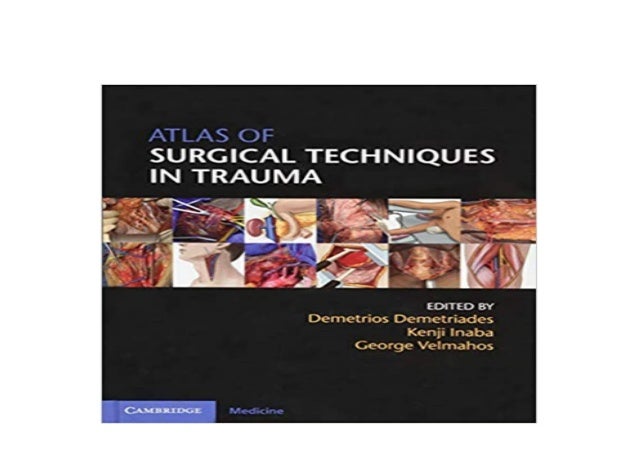 The attitude of the patient is of great importance in the treatment of orthopedic diseases.
The attitude of the patient is of great importance in the treatment of orthopedic diseases.
Injection treatment
A widely used method of treatment for both trauma and orthopedic is local injection of drugs - blockade and puncture . The difference between one and the other is very simple: blockade is the introduction of a drug into soft tissues, puncture is the introduction of a drug into the joint cavity. Both methods allow the drug to be delivered directly to the focus of inflammation, to the center of pain, which increases the effectiveness of the drug and relieves pain almost immediately.
One of the types of local injection is method plasmolifting . Yes, this method is widely used not only in cosmetology :)) It is no less important in orthopedics.
What is plasmolifting and why is it good? Plasmolifting is a local intraarticular or soft tissue injection of one's own blood plasma. Plasma is blood purified from formed elements. This is achieved by centrifugation under certain parameters - time and speed. Why is this treatment so good? Useful substances concentrated in blood plasma increase the reparative ability of cells, enhance their division, have an anti-inflammatory effect, and improve tissue nutrition. In addition, this method is safe in that there are no allergic reactions, yet its own plasma is injected!
Plasma is blood purified from formed elements. This is achieved by centrifugation under certain parameters - time and speed. Why is this treatment so good? Useful substances concentrated in blood plasma increase the reparative ability of cells, enhance their division, have an anti-inflammatory effect, and improve tissue nutrition. In addition, this method is safe in that there are no allergic reactions, yet its own plasma is injected!
Traditional methods of treatment are also not forgotten. As before, time-tested conservative methods remain in service with specialists - physiotherapy exercises, manual therapy, massage, physiotherapy.
Shock wave therapy
One of the modern methods of physiotherapy treatment is shock wave therapy . The basis of the therapeutic effect of this method lies in the impact of a short shock sound wave in different frequency and power modes, which allows you to choose the conditions for the necessary impact on deep or superficial tissues.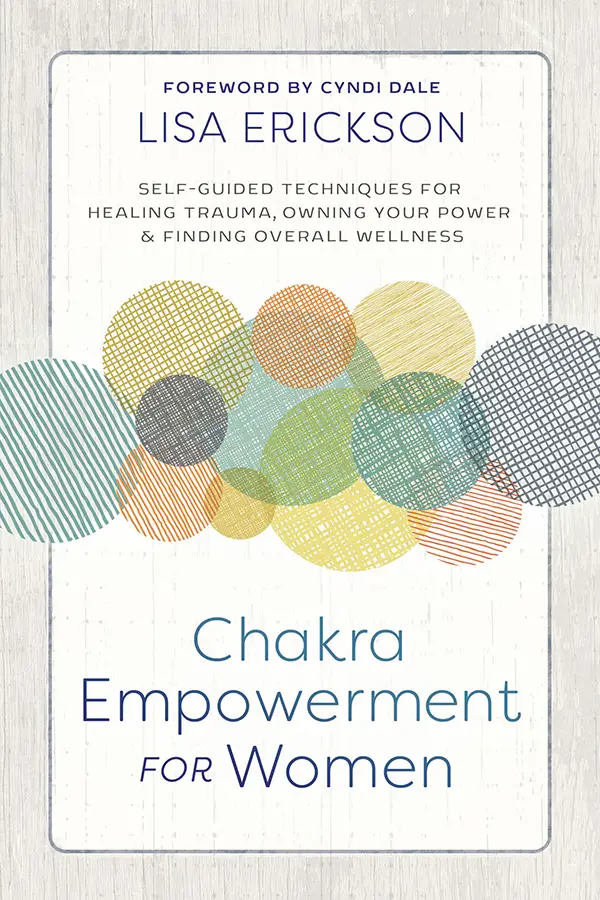 When using this method, blood circulation in the tissues improves, the production of anti-inflammatory substances increases, mechanical destruction of cicatricial and adhesive formations occurs, the elasticity of the ligaments increases, and bone tissue is stimulated.
When using this method, blood circulation in the tissues improves, the production of anti-inflammatory substances increases, mechanical destruction of cicatricial and adhesive formations occurs, the elasticity of the ligaments increases, and bone tissue is stimulated.
The possibilities of using this method in traumatology and orthopedics are almost limitless! These are diseases of the joints and tendons, delayed healing of fractures, inflammatory processes in the ligaments, muscle spasms during overstrain, diseases of the spine, development of movements in the joints at the stages of rehabilitation, and much more. In addition, the use of this method is possible even when other physiotherapeutic procedures are contraindicated - oncological diseases, diabetes mellitus or severe diseases of the heart and blood vessels.
At Odinmed clinic you can undergo shock wave therapy under the supervision of experienced orthopedic traumatologists.
Operations in traumatology and orthopedics
As already mentioned, traumatology and orthopedics is a branch of surgical medicine.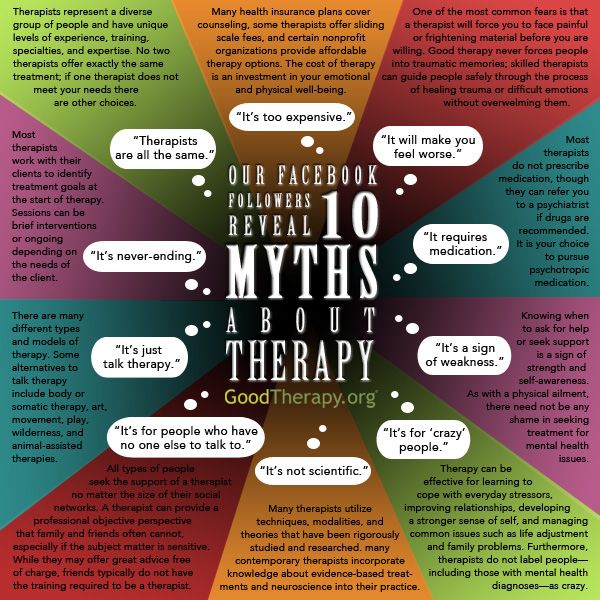 In many cases, in the treatment of injuries and diseases of the musculoskeletal system, one has to resort to surgical intervention. Thanks to the rapid development of medical science in general and traumatology in particular, more and more advanced and more effective surgical techniques are emerging. So, for example, techniques osteosynthesis , which consists in fixing fractures with external and intraosseous structures, have stepped far ahead. Now, thanks to the use of the latest methods of osteosynthesis, it has been possible not only to reduce the time for fracture treatment to a minimum, but also to avoid all kinds of dangerous complications caused by prolonged immobility of the patient during inpatient treatment (pneumonia, bedsores, thromboembolism).
In many cases, in the treatment of injuries and diseases of the musculoskeletal system, one has to resort to surgical intervention. Thanks to the rapid development of medical science in general and traumatology in particular, more and more advanced and more effective surgical techniques are emerging. So, for example, techniques osteosynthesis , which consists in fixing fractures with external and intraosseous structures, have stepped far ahead. Now, thanks to the use of the latest methods of osteosynthesis, it has been possible not only to reduce the time for fracture treatment to a minimum, but also to avoid all kinds of dangerous complications caused by prolonged immobility of the patient during inpatient treatment (pneumonia, bedsores, thromboembolism).
The so-called minimally invasive or endoscopic surgery is the cutting edge of surgery . More and more often, operative techniques using fiber-optic equipment are being used. Speaking in relation to traumatology and orthopedics, such operations are called arthroscopic .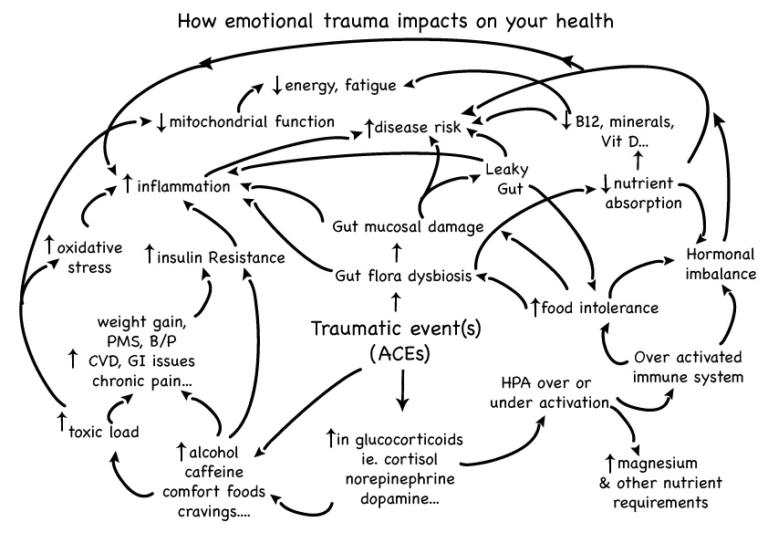 When an instrument and a camera are inserted into the joint cavity through several small punctures, the image from the camera is displayed on the screen and the operating doctor can control everything that happens in the joint cavity. At the same time, surgical traumatization of tissues is minimized, blood loss is insignificant, and the time spent in the hospital is reduced from several weeks to several hours. And what is not at all unimportant - there are no large, rough surgical scars, the cosmetic effect is much higher ...
When an instrument and a camera are inserted into the joint cavity through several small punctures, the image from the camera is displayed on the screen and the operating doctor can control everything that happens in the joint cavity. At the same time, surgical traumatization of tissues is minimized, blood loss is insignificant, and the time spent in the hospital is reduced from several weeks to several hours. And what is not at all unimportant - there are no large, rough surgical scars, the cosmetic effect is much higher ...
The conditions of the operating clinic "Odinmed" allow you to perform not only planned surgical interventions, but emergency ones. If necessary, it is possible to perform the treatment of wounds of almost any complexity, urgent osteosynthesis for fractures of small and medium segments, restoration of the integrity of muscles and tendons. All this can be done under local or general anesthesia. Technology does not stand still. Today it is difficult to surprise someone with a “sewn” hand or foot.